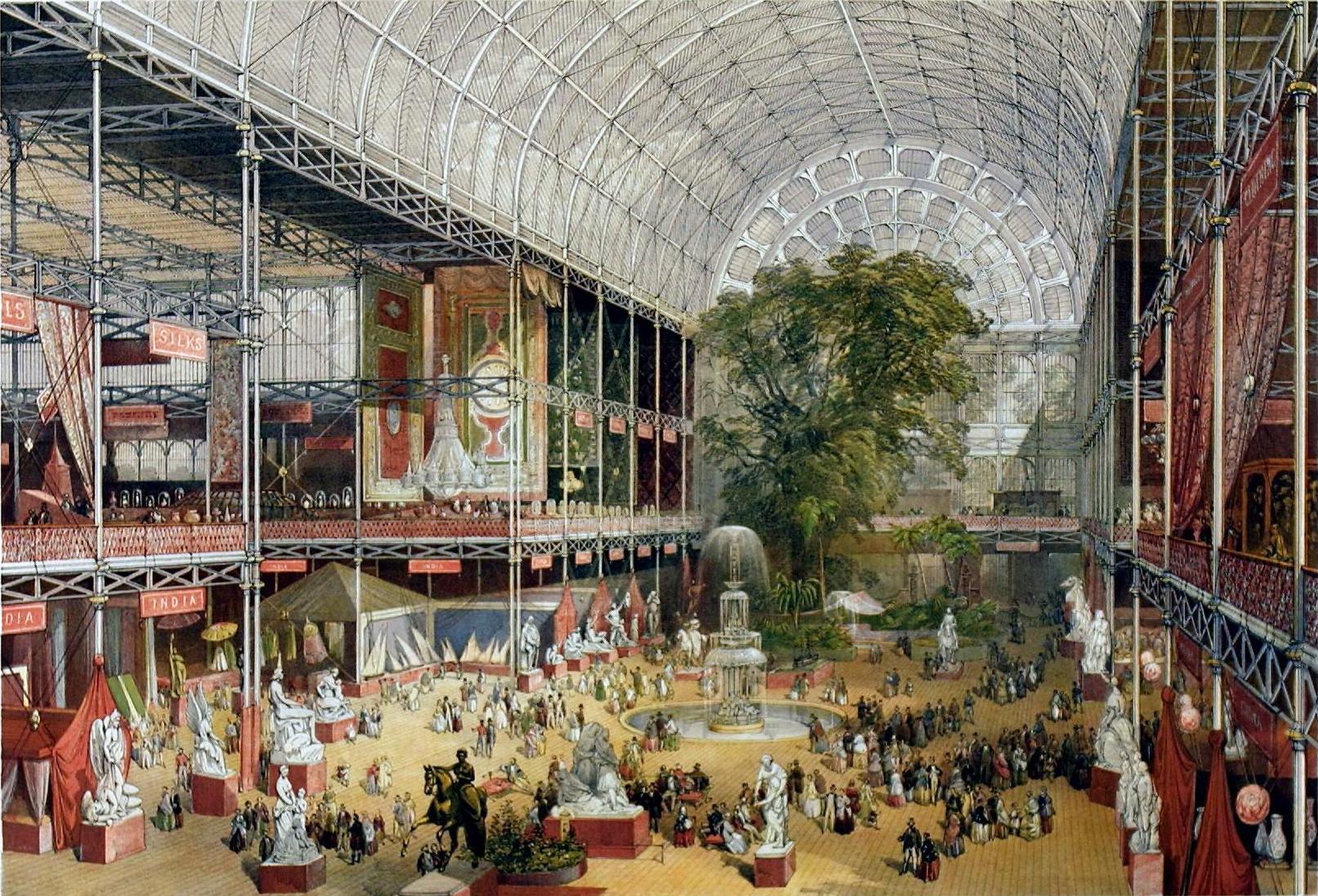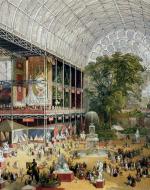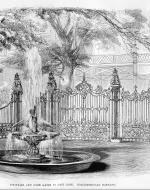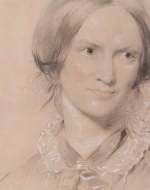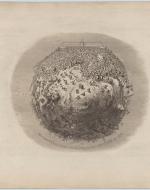Created by Catherine Golden on Sun, 08/16/2020 - 18:19
Description:
Charlotte Brontë was among the millions who flocked to London in 1851 to view the Great Exhibition in the Crystal Palace located in Hyde Park. She leaves behind a dazzling eyewitness account of this showcase for British innovation and manufacturing, which opened on May 1, 1851 and drew huge crowds until it closed on October 15, 1851. The Crystal Palace formed the centerpiece of the Great Exhibition, the first ever world's fair that established England as a global industrial leader. Countries from around the world displayed objects ranging from machinery to decorative arts, scientific instruments to furniture and household wares. Visitors included royalty, famous writers, foreign dignitaries, and inventors as well as members of the working class, who came at off-peak times.
The Transept from the Grand Entrance, Souvenir of the Great Exhibition, William Simpson (lithographer), Ackermann & Co. (publisher), 1851.
Well known is Charlotte Brontë’s description of the Crystal Palace, an enormous exhibition hall crafted of cast iron and glass as this 1851 lithograph shows. Charlotte Brontë’ wrote the following in an account of her visit in an 1851 letter:
Yesterday I went for the second time to the Crystal Palace. We remained in it about three hours, and I must say I was more struck with it on this occasion than at my first visit. It is a wonderful place – vast, strange, new and impossible to describe. Its grandeur does not consist in one thing, but in the unique assemblage of all things. Whatever human industry has created you find there, from the great compartments filled with railway engines and boilers, with mill machinery in full work, with splendid carriages of all kinds, with harness of every description, to the glass-covered and velvet-spread stands loaded with the most gorgeous work of the goldsmith and silversmith, and the carefully guarded caskets full of real diamonds and pearls worth hundreds of thousands of pounds. It may be called a bazaar or a fair, but It seems as if only magic could have gathered this mass of wealth from all the ends of the earth – as if none but supernatural hands could have arranged it this, with such a blaze and contrast of colours and marvellous power of effect. The multitude filling the great aisles seems ruled and subdued by some invisible influence. Amongst the thirty thousand souls that peopled it the day I was there not one loud noise was to be heard, not one irregular movement seen; the living tide rolls on quietly, with a deep hum like the sea heard from the distance (from The Brontes’ Life and Letters, ed. by Clement Shorter [1907]).
Dazzled by the sheer quantities of inventions, precious metals, jewels, andn wonders, Charlotte Brontë calls it "such a bazaar or fair as Eastern genii might have created." Sadly fire destroyed this "magical place" in 1936. Charlotte's letter offers an eye witness account of the Crystal Palace Exhibition, an unprecedented historical event that is synonymous with the Victorian age. Many readers today turn to Charlotte's account to understand the excitement of the Great Exhibition.
"Fountain and Park Gates in Cast Iron." From the Coalbrook Dale Company. Illustration in the Official Descriptive and Illustrated Catalogue of the Great Exhibition, 1851.
I add to the Brontë cabinet this illustration from the Great Exhibition catalogue to accompany Charlotte's eyewitness account of the "unique assemblage of all things" at the Crystal Palace. In this "bazaar or fair as Eastern genii might have created," Charlotte Brontë’ glimpsed artifacts from across the globe that seemed to appear magically and impressed her with "a blaze and contrast of colours and marvellour power of effect." Objects from far-off nations include water jugs from Egypt, the Koh-i-Noor diamond mined from India, Grecian Palicar attire for men (including a fez with a gold tassel), and technological innovations, such as an envelope-folding machine. "[A]s if [by] magic," readers of the catalogue are also transported into the Great Exhibition to witness an enormous 60-foot display of a fountain in a gated theme-park like setting. The waters of the fountain rise high enough to seemingly touch the trees just outside the glass building. Posed, too, is an exhibit goer, who, like Charlotte Brontë, admired such spectacles of innovation and beauty overflowing in the Great Exhibition of 1851.
Charlotte Brontë. By George Richmond, 1850, National Portrait Gallery, London.
This portrait was undertaken in June of 1850, just one year before the Great Exhibition. According to Charlotte's publisher, George Smith of the firm Smith, Elder, George Richmond completed it during one of Charlotte's few visits to London. In his Memoir (pp 103-04) , Smith wrote the following about the portrait: "During Miss Brontë's visit to us in June 1850, I persuaded her to sit to Mr George Richmond for her portrait. This I sent afterwards with an engraving of the portrait of the Duke of Wellington to her father, who was much pleased with them. Mr Richmond mentioned that when she saw the portrait (she was not allowed to see it before it was finished) she burst into tears, exclaiming that it was so like her sister Anne, who had died the year before." Richmond's portrait of Charlotte, which now hangs in the National Gallery, helps us to imagine how Charlotte looked when she ventured into London on a rare trip to see her publisher and enjoy the sights of London, one of which she has memorably preserved.
"All the World is Going to See the Great Exhibition of 1851." By George Cruikshank, Mayhew's Great Exhibition of 1851, David Bogue, 1851.
Picture Charlotte Brontë among this throng of people from all parts of the world traveling to the Great Exhibition in this cartoon by leading Victorian caricaturist George Cruikshank. The artist includes stereotypes of nation to indicate the broad appeal of the exhibit that led people to travel great distances to see the exhibition, often visiting it twice (or more) as Charlotte herself did. An estimated 6 million people--approximately a third of the population of Great Britain in 1851--came to visit the Crystal Palace. Butof this throng, it is Charlotte Brontë who is most quoted for her eyewitness account.

